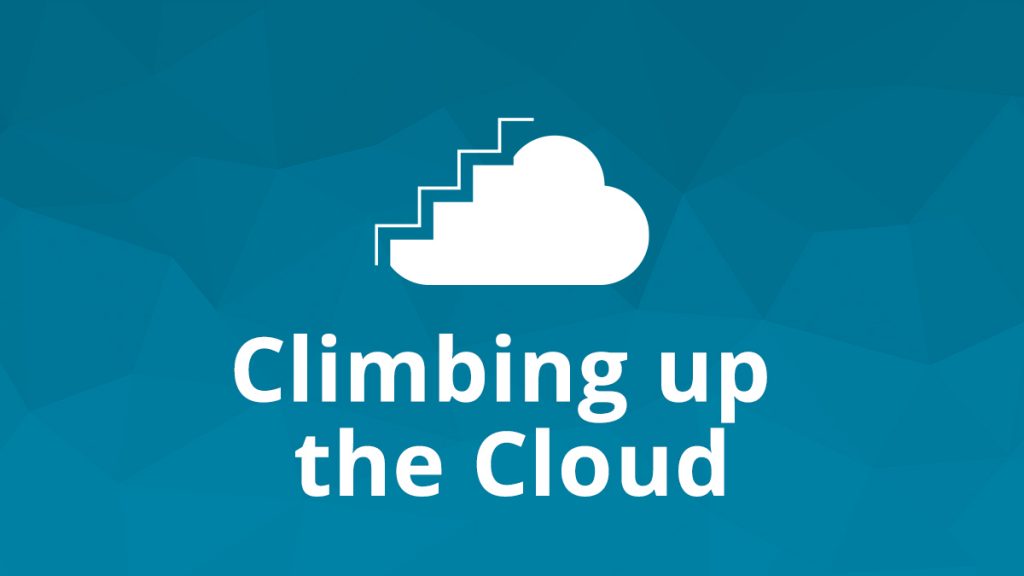As I’m sitting in my home office, I realize I need to get real hands-on knowledge of all that enterprise cloud stuff to be able to help our customers running our solutions within those cloudy environments with our software. I realized this was a very important topic after some lengthy discussions with colleagues about our customers’ requirements, how our software products work today and what’s on the roadmap…

Enterprise cloud journey
Of course, it’s also important to have a profound knowledge of our current products running them in Kubernetes, OpenShift and the like and why certain customers are complaining about the cloud-readiness of some modules.
My starting point is a Linux server hosted by a local cloud infrastructure provider. In my case, I’m running a CENT-OS v7.3 virtual system with current updates. (DNS: apimtest.spdns.de)
I installed the docker daemon from the CentOS repo. Hmm, still struggling to run the docker command as a normal user instead of the root (sudo) account. But anyway, I’m starting with this now!
Why is everybody doing this cloud stuff?
But wait! I have jumped on a very technical detail with this docker installation! First, I should clarify why cloud infrastructures are a good thing and something everybody in IT is adopting nowadays.
It’s all about standardization. As in other business areas, standardization is the key to saving costs and doing more with less (resources) and reacting much more quickly to changing requirements and demands.
I can find one way to explain these requirements in a blog by Martin Fowler. I came to it while questioning what a Canary Release software product is. And more terms like Phoenix Server or Snowflake Server are mentioned. All of them explain parts of the Dev(Sec)Ops ideas and drivers. There are many other places on the Web to look for this stuff, opinions, and descriptions on how things should be done in IT.
So, this might be a starting point for a value proposition of cloud-based container infrastructure whether it’s hosted on-premises or at one of the cloud infrastructure providers out there. Now that we know the why, we can get back to the how. And here one term is heard all over the place: I need to start this today!
Therefore, I have created a series of articles to share that knowledge. Here is a list of my upcoming articles to keep an eye out for, stay tuned…
- Swimming with the docker whale
Using Docker and Containers for my Environments – the first steps using containers - Containers managed as Clusters
API-Management as a bunch of different Clusters. How to connect all this? - Kubernetes takes over
How to manage and dynamically scale clusters using Kubernetes - Cloud means Cloud infrastructure providers
What options do we have to run our API’s and API-Management? (on-premises; OpenShift; AWS; AWS EKS; Azure; GCP; IaaS providers…)
Conclusion of series: The current shift towards cloud-like infrastructures and its technology shifts / what do companies have to adopt to (the “adopt or die” metaphor)
Read Part 2 in Leor Brenman’s series “Create an API Builder Multi-Container Application Using Docker.”

Follow us on social